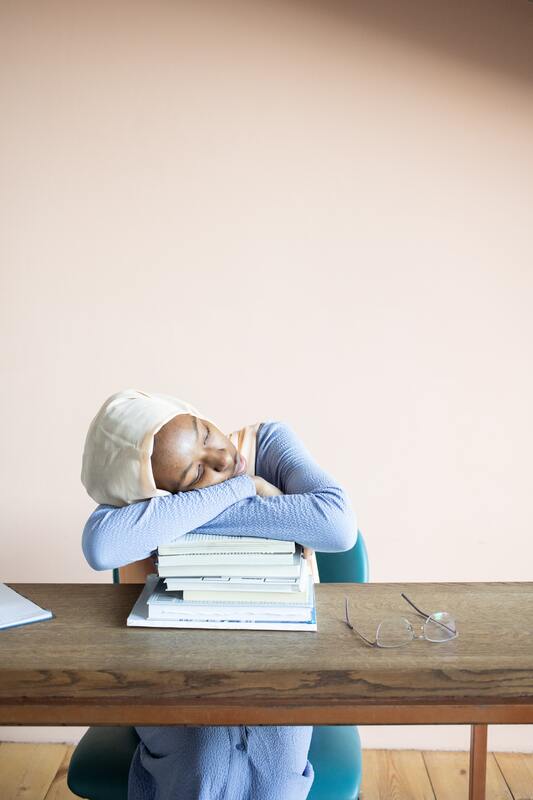|
By: R. Mautner Whoever’s watched the movie Inception certainly remembers how the characters were able to gain control of their dreams and mould them to be whatever they wanted. And, whoever watched the movie was also certainly perplexed by that whole concept of a dream within a dream and so on. But what if this was closer to reality than we thought?
It is estimated that around 20 to 30% of the world’s population have natural abilities to lucid dream. By its name, we can already draw conclusions from what that is: it is the act of dreaming in a lucid (conscious) state of mind. The essence of lucid dreaming is simply to be aware that you are dreaming as it happens. However, this is not as easily approachable as it sounds; most people have reported not even dreaming for several nights. In fact, a small percentage of the world’s population – around 0.4% - stated not having a single dream in their lifetime. It is important to mention that everyone does dream. Averagely, an individual has between 3 to 5 dreams per night, though this number may reach up to 7. Dreams occur during our REM (Rapid Eye Movement) sleep, a period during sleep in which the brain is highly stimulated. Usually, the REM lasts for 2 hours or so, but this depends on how much the individual sleeps for overall, i.e., if they sleep less than the ideal of 8 hours, the REM is shorter. Research has also found that REM sleep is important to improve the brain’s ability to learn and to consolidate memories. Although this may vary among people, the tendency is that those who sleep for longer are more likely to remember their dreams after waking up. With that being said, we can now have a better perspective on what lucid dreaming is, and how it is carried out. An interesting study with people who had the ability of lucid dreaming showed that their brain activity during their dreams was very similar to that of when they were awake, using the action of clenching their fists. In practice, scientists asked the participants to clench their fists while they were awake and in dreams while having their brains scanned, and both scans formed very similar images. This means that, while we’re in deep sleep, the brain is still active. Lucid dreaming is a case where an individual can consciously use their brain as they are dreaming, possibly allowing them to control their dreams (probably with not as much precision as in Inception, though). As previously stated, about only 20 to 30% of the population has natural abilities to lucid dream. However, there are a few methods that can make lucid dreaming easier and more approachable for anyone. One is to regularly make “reality checks”, things like counting the fingers in your hands or looking at a clock. Once one gets used to those, they will do them in the middle of a dream, where those will most likely be distorted (for example, they might count 6 fingers in one hand during a dream). From doing this they will be aware that they are dreaming, and possibly become capable of changing or controlling the dream. Another technique is to keep a dream journal, that is, write down everything remembered from every dream had. This trains one’s abilities to remember dreams, bringing them closer to lucidity. Both strategies can bring anyone to lucid dream with regular practice. Unfortunately, though, despite being an interesting experience- and for some even useful - concrete benefits from lucid dreaming are yet to be discovered. Since only a small fraction of the population has this ability, scientists are led to believe that this does not work as an evolutional advantage. In fact, many lucid dreamers have recalled not being able to distinguish reality from dreams after remembering so much from their lucid dreams. Also, some techniques for lucid dreaming may trigger sleep paralysis, a state where the brain is awake, but the body isn’t, so it is unable to move. During sleep paralysis, one may even start hallucinating, and the brain can trigger feelings of fear and distress, making this a very bothersome experience. Overall, there is still relatively little information known about lucid dreaming. Along with the uprise of people claiming to have “shifted” to another setting during their sleep, the whole concept, features and impacts of lucid dreaming can still be investigated much further by science and personal experiences.
0 Comments
Leave a Reply. |
Categories
All
Archives
June 2024
|

